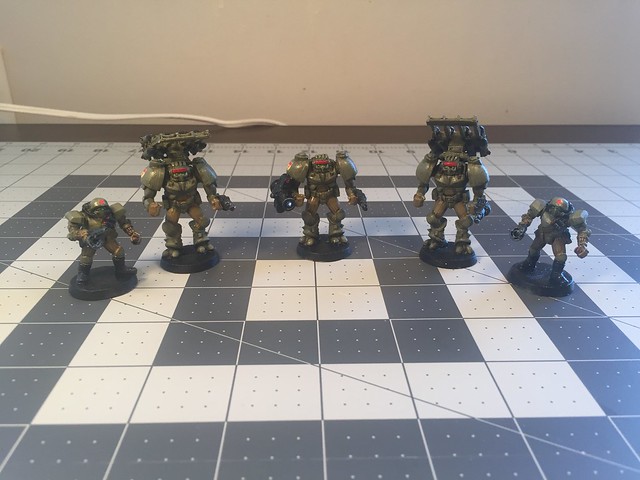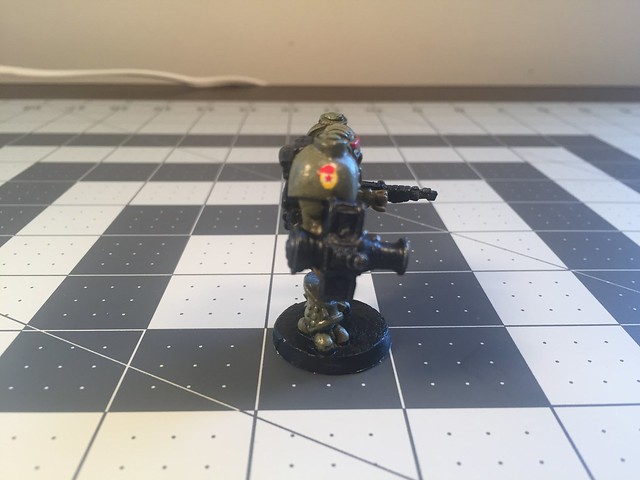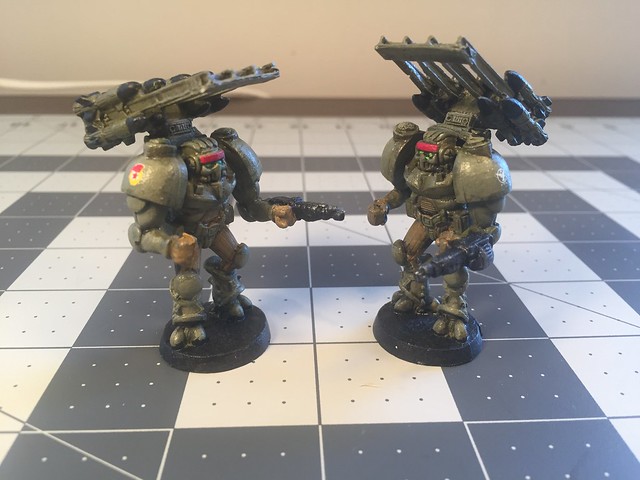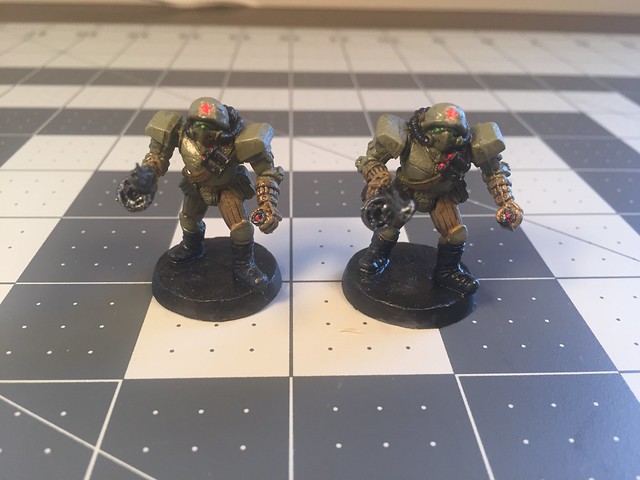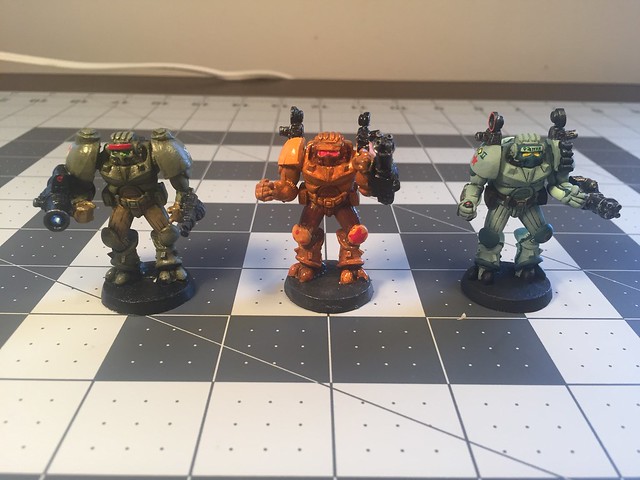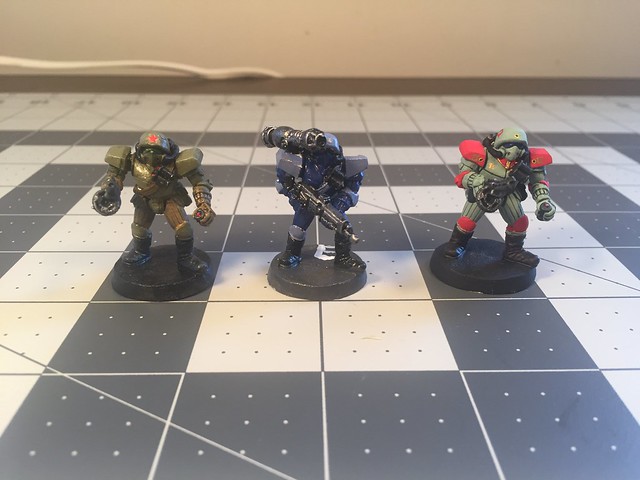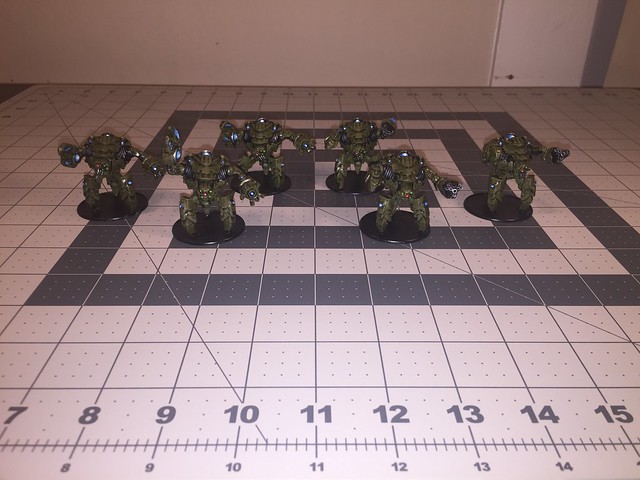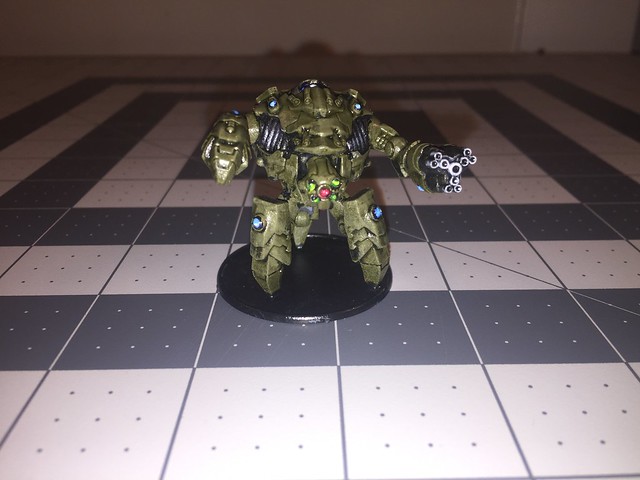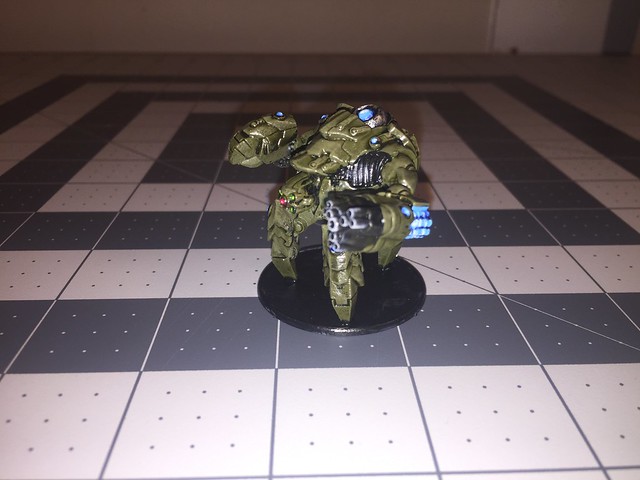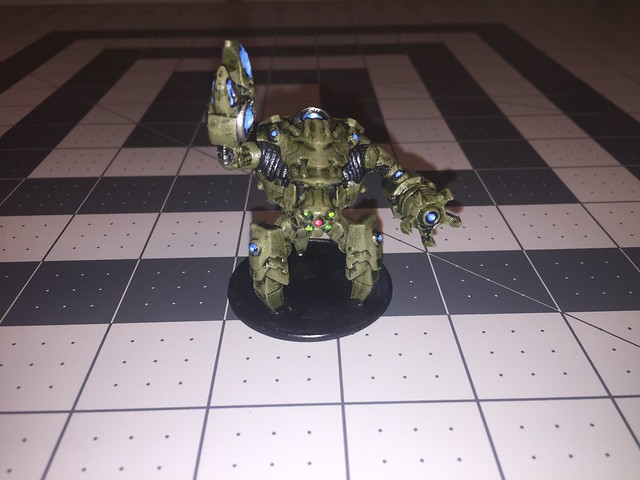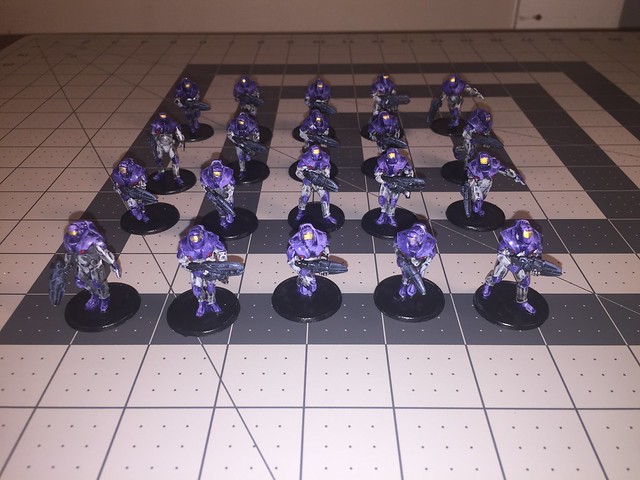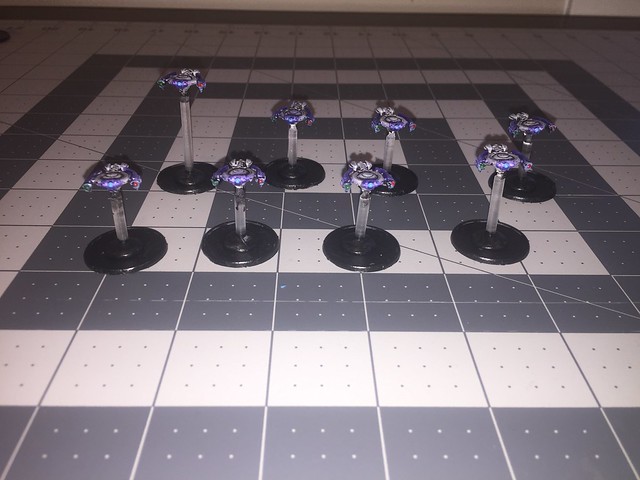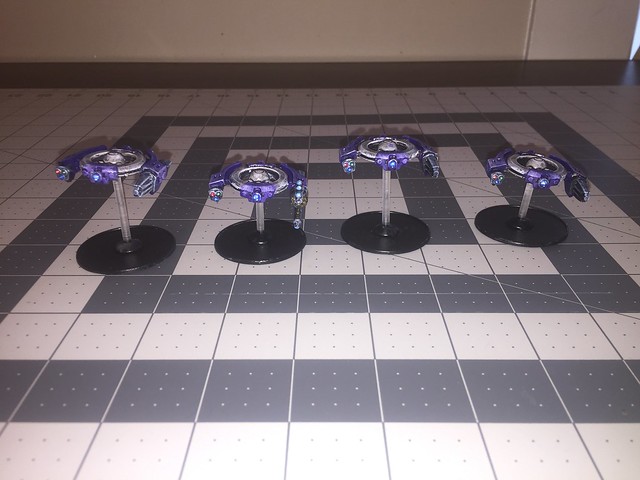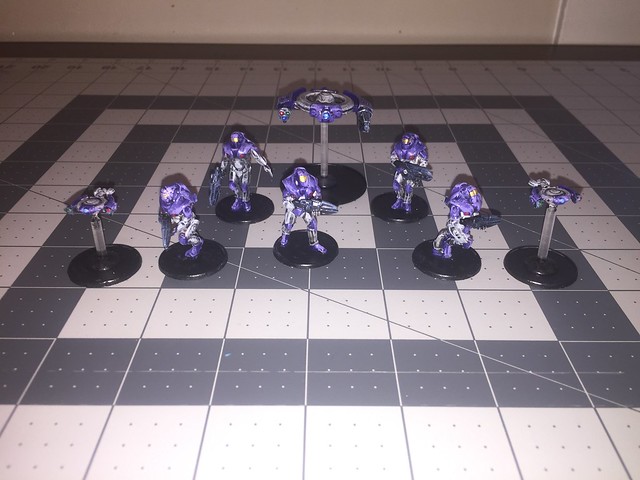Summer Reading Reviews
Aug. 9th, 2018 02:32 pmHey,
OK, so I’ve done a poor job of keeping up on my book reviews. I was sorta waiting on one to discuss it with other people and then we never quite got around to it so…
Over the past few months I’ve been slowly re-watching Rowan and Martin’s Laugh-in on Amazon video. It’s hard to describe why I’ve been so fascinated with it. Probably because there’s this weird juxtaposition of problematic humor that wouldn’t fly today and some incredibly smart, sly material that’s quite good. There’s also a fair amount of risque humor that I’m surprised made it onto the air back then let alone now. Plus, the women on the show are almost all excellent (and Lily Tomlin and Goldie Hawn had their first big breaks on the show, but I’m especially fond of Judy Carne, Ruth Buzzi, and Jo Ann Worley).
Interested in getting a behind the scenes look, I picked up From Beautiful Downtown Burbank”: A Critical History of Rowan and Martin’s Laugh-In, 1968–1973 by Hal Erickson. Obviously not casual beach reading but not quite as densely academic as the title might suggest. The book talks about the history of the various cast and crew members, public reaction to the show, and the struggle for ownership of the show that complicated the show’s survival.
Among the various factoids the book discusses is the fact that one of the reasons why the show made such a splash was the heavy use of video editing to produce a ton of short, punchy skits. This kind of technology was still quite new and, in fact, often relied on hand-splicing the video together. For the first season or two this was all done by one guy who cut down several hours of material into the final hour you’d see on TV. It was also interesting to read that in Season Three they hired Mark Warren, a black man from Canada, to act as the show’s director. In 1971 he won an Emmy and would be the only black director to win an emmy for nearly 20 years.
The show eventually collapsed partially over legal wrangling between the producer and Martin and Rowan, but mostly because they invented a flashy new formula and then stuck relentlessly to it when other programs started imitating and innovating off that formula. I’m not terribly looking forward to watching the last two seasons, the book suggests they get kind of dire.
I’ve been reading a few books about long-distance hikers and the Appalachian Trail so I picked up a more general book on the topic: On Trails: An Exploration by Robert Moor. The book talks about trails in a general sense starting with the trails animals like ants and elephants make and then expands to human trails and how and why they spring up. The book discusses how Native American trails were so prevalent, settlers had to have guides because it was easy to get lost in the maze of criss-crossing trails. It also covers the formation of the International Appalachian Trail -- thanks to plate tectonics what we think of as the Appalachian mountains actually extend in a loose ring from North America, over Greenland, down through Europe and into Africa. Members of the IAT are trying to build as much continuous trail along this route as they can. Obviously much of it is notional and you’ll need a GPS to “hike the trail” but it’s a fascinating project.
Next up was an ad hoc book club suggestion: The Overstory by Richard Powers. This is a lyrical book that’s a paean to trees. It talks about all kinds of trees and considers them from scientific and artistic and spiritual perspectives. The trees weave their way in and out of the ensemble cast of characters that all find something meaningful in trees and make big changes in their lives to support and preserve them. In terms of its big ideas and grand writing style you just want to run outside and start planting. The human characters are also well drawn and we spend a fair amount of time getting to know each of them.
The book suffers in its ending -- because it just kinda ends and you never get some closure on a few fairly important plotlines. This might well be deliberate -- the timescale and concerns of trees don’t match our own, but I and the other person in the group who finished it were a little underwhelmed.
Last year I read a book called Amberlough by Lara Elena Donnelley. It was pitched as “Oscar Wilde meets LeCarre” and that was pretty accurate -- a morally ambiguous, queer-slanted spy story that I rather enjoyed although I had a bit of a problem with a major plot point. Still, it was good enough that I picked up the second book in the series Armistice.
In this book, we leave behind the newly-fascist Gedda and travel to sun-soaked Porachis. Where Ari has turned movie director and Cordelia has just arrived from Gedda to escape state police (from her first act of arson in <I>Amberlough</I> Cordelia has become the heart of the Geddan resistance). Also swirling into the mix is Lilian DePaul, the Geddan’s press secretary in Porachis who’s being asked by her boss to put the moves on a deputy station head who might be turning double-agent.
There’s a lot going on but it comes on a very slow simmer. Eventually everything collides, but it mostly gets sorted out over supper -- and that may sound like a terribly boring plot development, but for this novel it works out pretty well. I think I may have enjoyed this one just a touch more than the first book and the ending suggests that the third book in the series should have some serious fireworks. This is turning out to be a pretty nice little series and I do recommend it if you don’t mind a fairly relaxed spy story.
I also took some time out to re-read Goblin Corps by Ari Marmell. I remember really enjoying it the first time out and it’s just as fun on re-reading. If you like fantasy novels and like rooting for the bad guys once in a while, this is your book.
Finally, on a long flight home, I got through Record of a Spaceborn Few by Becky Chambers. This is the third book in her Wayfayers series which started with A Long Way to a Small, Angry Planet. Ms. Chambers’s books are best described as sci-fi slice of life stories. There might be an odd emergency or two, but most characters go about their lives, interact with one another, and just generally be themselves. This particular book focuses on the Exodus Fleet. When the Earth was finally done for, the last humans living there built dozens of generational arc ships and sent them out into space to find a new home. They eventually ran into aliens which changed the plans quite a bit, but essentially the Fleet has continued to wander through space and the humans there live a fairly comfortable life although they have to carefully manage their resources. Many humans have left the Fleet to settle elsewhere but many have stayed and sometimes people return.
Anyway, the book covers a couple of months on-board the Fleet with a few “years later” chapters at the end to show where everyone ended up. The most dramatic part of the book, the loss of an entire ship due to an accident happens “off-screen” and at the very beginning. Most of the book is just characters interacting with each other and making various life choices. It’s all very...calming. It’s does grapple with some Big Ideas, but in a decidedly low-tech and low-drama sort of way. Maybe not everyone’s cup of tea, but certainly worth checking out if you want something a bit different in your SF.
OK. All caught up now. Hopefully I’ll be a little more punctual on future posts, although I am about to start in on a directing gig for Theatre@First that will probably prevent me from reading a ton.
Later
Tom
